
The Müsavat Party is the oldest existing political party in Azerbaijan. Its history can be divided into three periods: Early Musavat, Musavat-in-exile and New Musavat.

The Azerbaijan Democratic Republic, also known as the Azerbaijan People's Republic, was the first secular democratic republic in the Turkic and Muslim worlds. The ADR was founded by the Azerbaijani National Council in Tiflis on 28 May 1918 after the collapse of the Transcaucasian Democratic Federative Republic, and ceased to exist on April 28, 1920. Its established borders were with Russia to the north, the Democratic Republic of Georgia to the north-west, the Republic of Armenia to the west, and Iran to the south. It had a population of around 3 million. Ganja was the temporary capital of the Republic as Baku was under Bolshevik control. The name of "Azerbaijan" which the leading Musavat party adopted, for political reasons, was, prior to the establishment of the Azerbaijan Democratic Republic in 1918, exclusively used to identify the adjacent region of contemporary northwestern Iran.

Fatali Khan Isgender oglu Khoyski was an Azerbaijani attorney, a member of the Second State Duma of the Russian Empire, Minister of Internal Affairs, Minister of Defense and, later the first Prime Minister of the independent Azerbaijan Democratic Republic.

The National Assembly, also transliterated as Milli Mejlis, is the legislative branch of government in Azerbaijan. The unicameral National Assembly has 125 deputies: previously 100 members were elected for five-year terms in single-seat constituencies and 25 were members elected by proportional representation; as of the latest election, however, all 125 deputies are returned from single-member constituencies.
Azerbaijani National Council was the first delegated legislative body of the Azerbaijan Democratic Republic (ADR) from 27 May 1918 to 17 June 1918 and again from 16 November 1918 to 3 December 1918. It was succeeded by the Parliament, a legislative body formed through nationwide general elections.
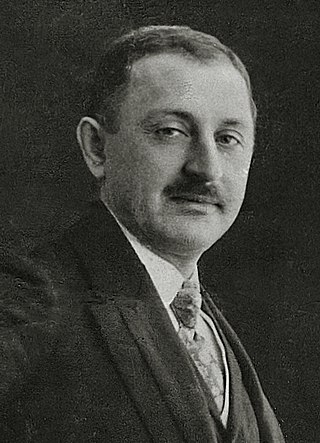
Nasib bey Yusif bey oghlu Yusifbeyli or Usubbeyov - Azerbaijani publicist, statesman and major political figure in Azerbaijan Democratic Republic.
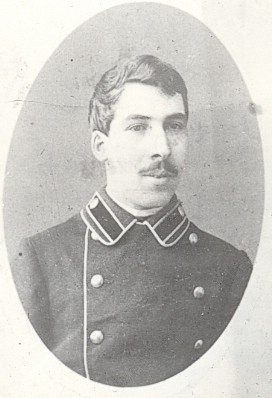
Mammad Hasan Jafargulu oglu Hajinski was an Azerbaijani architect and statesman. He also served as a Minister for Foreign Affairs of Azerbaijan Democratic Republic (ADR) and the last Prime Minister of ADR.

Mammad Yusif Jafarov Hajibaba oghlu was an Azerbaijani statesman.

Khalil bey Khasmammadov was an Azerbaijani public figure, politician and diplomat. He served as a Member of the First and Second State Duma of the Russian Empire, Minister of Internal Affairs and Minister of Justice of Azerbaijan Democratic Republic, and as the last Ambassador of Azerbaijan to Ottoman Turkey.
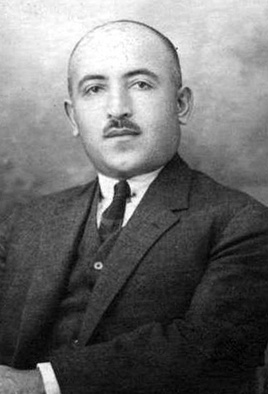
Mustafa bey Nadir Agha oglu Vakilov was an Azerbaijani public figure, politician and diplomat. He served as the Minister of Internal Affairs. Vakilov was the youngest Azerbaijani minister.

Hasan Mashadi Huseyn oghlu Aghayev, known also as Hasan bey Aghayev and Hasan bey Aghazade was an Azerbaijani public figure, journalist, medical doctor, teacher and politician. He served as the Deputy Speaker of National Assembly of Azerbaijan Democratic Republic (ADR).
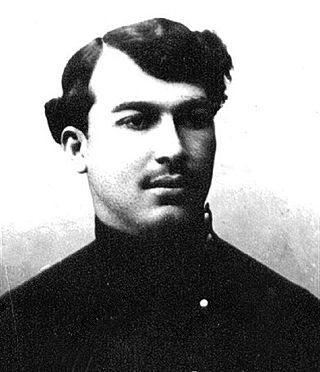
Jamo bey Hajinski Suleyman oghlu was an Azerbaijani publicist, public figure and politician. He served in the first, fourth and fifth cabinets of Azerbaijan Democratic Republic as its State Controller and Minister of Postal Service and Telegraph.
Musa bey Rafiyev Haji Mammadhuseyn oglu, also known as Musa bey Rafibeyli, was an Azerbaijani statesman who served as Special Minister in care of Social Security and Refugee Affairs in the second cabinet, Minister of Social Security and Healthcare in the fourth cabinet of Azerbaijan Democratic Republic, and was member of Azerbaijani National Council and later Parliament of Azerbaijan.
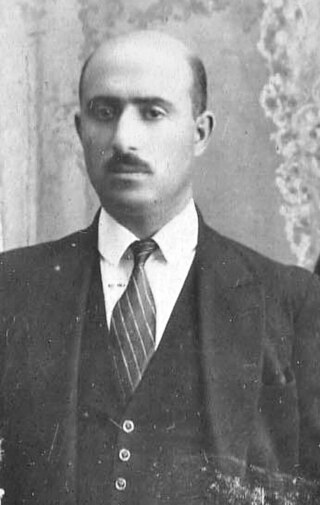
Agha Mashadi Aghakerim oghlu Aminov, also spelled as Agha Aminov, was an Azerbaijani statesman who served as Minister of Industry and Trade in the fourth cabinet of Azerbaijan Democratic Republic, and was member of Parliament of ADR.
Fifth cabinet of Azerbaijan Democratic Republic governed Azerbaijan Democratic Republic (ADR) between December 22, 1919, and April 1, 1920. It was formed after the fourth cabinet of Azerbaijan Democratic Republic dissolved on December 22, 1919, and was led by Prime Minister of Azerbaijan Nasib Yusifbeyli with the following composition:

The Declaration of Independence of Azerbaijan is the pronouncement adopted by the Azerbaijani National Council meeting in Tiflis on 28 May 1918, declaring the independence of the Azerbaijan Democratic Republic.
The Azerbaijan Democratic Republic (ADR) is the first independent Republic, proclaimed on May 28, 1918 in the territory of the present Azerbaijan Republic. The republic collapsed on 28 April 1920, after the 11th Red Army entered Baku. On 28 May is celebrated as the Republic Day in Azerbaijan since 1990.

Ganja Men's Gymnasium, or Elizavetpol Men's Gymnasium, was a men-only gymnasium that existed in the city of Yelisavetpol from 1881 to 1920. The faculty of Agriculture and Management of the Azerbaijan State Agricultural University currently operates in the building of the former gymnasium.
The National Center of Azerbaijan is a secret organization that operated from 1924 to 1931 in the Azerbaijan Soviet Socialist Republic(AzSSR).

Mammadrza agha Vakilov was a member of the Parliament of the Azerbaijani Democratic Republic, full member of the Transcaucasian Medical Society, and founder of the Baku Medical Society.

















